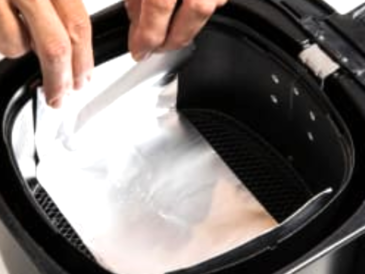In today’s world, where chemical pest control methods dominate, more homeowners are turning to natural alternatives to create safer, healthier living spaces. Among the most effective solutions is incorporating specific plants known for their pest-repelling properties. One standout choice is the peppermint plant, a natural powerhouse that helps repel spiders, mice, and insects while offering additional health and aesthetic benefits.
The Power of Peppermint: Nature’s Miracle Plant 🌿
Peppermint (Mentha piperita), a hardy perennial herb, is renowned for its refreshing aroma and versatile uses in cooking and medicine. However, its most surprising feature is its remarkable ability to keep pests at bay. With vibrant green leaves and a scent that pests detest, peppermint is an eco-friendly solution for pest control.
How Peppermint Repels Common Pests
1. Spiders 🕷️
Spiders rely on their sense of smell to locate prey, and peppermint’s strong menthol aroma disrupts their sensory processes.
- Why it works: The scent overwhelms spiders, making areas inhospitable for them.
- Where to place it: Corners, window sills, and dark areas where spiders typically hide.
2. Mice 🐭
Mice navigate using their keen sense of smell, which peppermint effectively blocks.
- Why it works: The strong aroma creates an invisible barrier mice avoid.
- Where to place it: Near entry points, kitchen areas, and along baseboards.
3. Insects 🦟
Peppermint oil is a natural deterrent for ants, mosquitoes, flies, and other insects.
- Why it works: The menthol compound confuses insects, deterring them from entering your home or accessing food sources.
- Where to place it: Near food storage areas, trash bins, and outdoor doorways.
The Science Behind Peppermint’s Pest Control
Peppermint’s effectiveness lies in its high menthol content, a natural compound that:
- Interferes with pests’ sensory receptors.
- Disrupts neurological pathways in insects, leading to disorientation.
- Creates an unwelcoming environment for pests without harming them.
Evidence-Based Benefits
Studies confirm menthol’s ability to repel pests, solidifying peppermint as a reliable, science-backed natural remedy.
How to Grow and Care for Peppermint at Home
1. Planting Tips
- Soil: Well-draining soil is essential to prevent waterlogging.
- Light: Peppermint thrives in partial to full sunlight.
- Watering: Keep the soil consistently moist but not soggy.
2. Maintenance
- Regular pruning encourages bushy growth and enhances the plant’s aroma.
- Use pots or containers for indoor growth, ensuring adequate drainage.
3. Strategic Placement
For maximum effectiveness:
- Place peppermint near entry points, such as doors, windows, and vents.
- Position plants in corners and under furniture where pests often hide.
Additional Benefits of Peppermint Indoors
Beyond its pest-repelling properties, peppermint offers:
- Improved air quality: Its natural aroma refreshes indoor spaces.
- Aesthetic appeal: The lush green foliage adds a touch of nature to your home.
- Health benefits: Peppermint’s scent can reduce stress, improve focus, and enhance overall well-being.
Conclusion: Embrace Nature for a Pest-Free Home
Peppermint is a simple, eco-friendly solution for managing household pests while enhancing your indoor environment. Its ability to repel spiders, mice, and insects makes it a must-have plant for any home. By strategically placing and caring for peppermint plants, you can enjoy a pest-free sanctuary with added benefits like improved air quality and stress relief.
Choose peppermint as your natural ally and create a healthier, more harmonious living space without relying on harsh chemicals.




